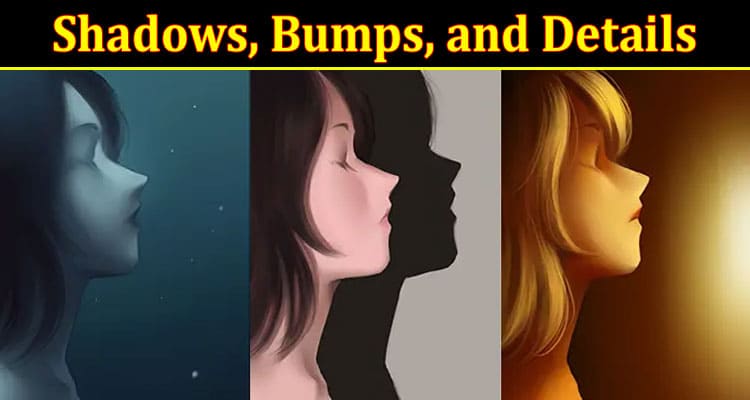In the grand canvas of digital artistry, depth and detail transform flat images into life-like visuals. One can’t help but marvel at how the subtle play of shadows and nuances in textures make virtual worlds feel almost tangible. A prime mover behind this realism is a technique called Normal mapping. It’s a tool that imparts a sense of depth to surfaces without burdening the system with extra polygons. Dive deep into understanding how this technique and others can paint depth on digital canvases.
1. Decoding Normal Mapping: Illusions of Depth
At its core, mapping is about manipulation. It manipulates how light interacts with a surface. Instead of reshaping the object, it adjusts how light perceives its surface. Imagine a wall. On its own, it’s just a flat barrier. But with Normal maps, one can introduce the illusion of bricks, each with its distinct ridges and indentations, all without changing the wall’s structure. It’s akin to a magician’s sleight of hand, where perception creates a reality.
2. Textures: More than Just Colors
While colors determine an object’s visual appeal, textures dictate its feel. Think of the difference between seeing a picture of sand and feeling its graininess underfoot. In the digital realm, textures are layers of detail. By adjusting the contrast, sharpness, and reflective qualities, designers can make surfaces seem rough, smooth, matte, or shiny. It’s like adding seasoning to a dish; the right blend brings out the depth of flavors.
3. Bump Mapping: The Precursor to Normals
Before the sophistication of Normal maps, there was bump mapping. It’s a technique that simulates the highs and lows on a surface by playing with light and shadow. It is a topographical map where lines and shades represent elevations. While bump mapping adds depth, it doesn’t quite capture the intricate details of its successor.
4. Dynamic Lighting: Setting the Mood
While surfaces contribute to realism, the lighting sets the mood. Imagine a scene bathed in the golden glow of a setting sun versus the same scene under a harsh noonday sun. The interplay of shadows, reflections, and light sources can evoke emotions, from serenity to tension. Dynamic lighting considers the movement and changes in light sources, ensuring the scene remains realistic as conditions change. It’s different between watching a static painting and experiencing a living, breathing scene.
5. The Role of Software: Tools of Depth Creation
Behind these techniques lies robust software. It’s in these digital toolkits that designers sculpt depth and detail. The software acts as the command center from adjusting the mapping intensity to setting the direction of light sources. As technology advances, these tools offer more precision, enabling finer details and greater realism. They’re like the brushes and palettes of digital artists, essential in crafting the masterpiece.
The world of digital design is a dance between illusion and reality. Techniques like Normal maps are pivotal in blurring this line, making virtual surfaces feel almost real to the touch. As the digital age progresses, the quest for realism continues. Every shadow cast, every bump crafted, and every detail etched plays a part in this journey. For those navigating digital design, these tools and techniques aren’t just methods; they’re the essence of bringing virtual worlds to life.

